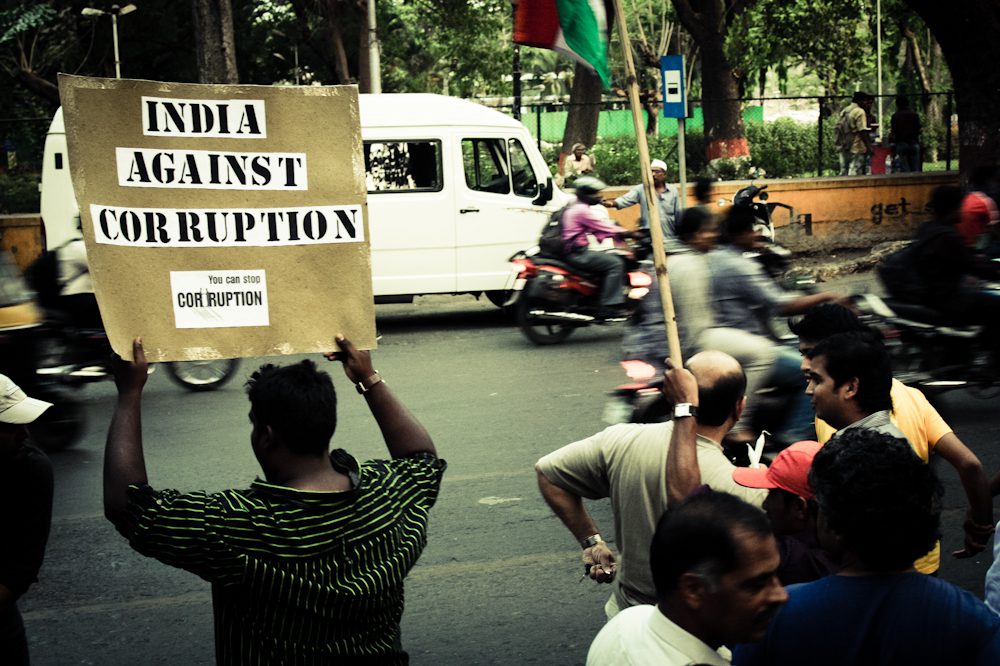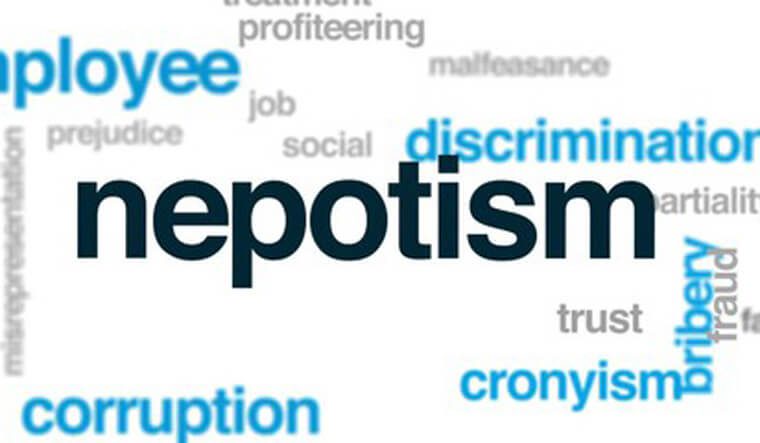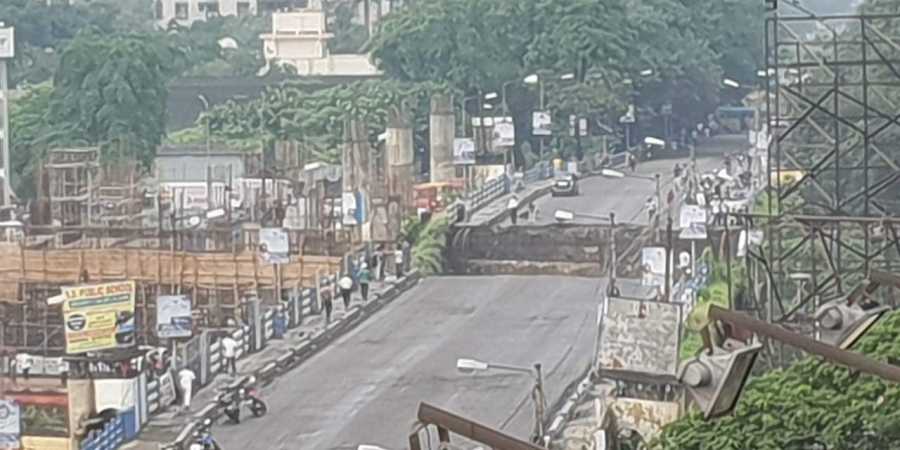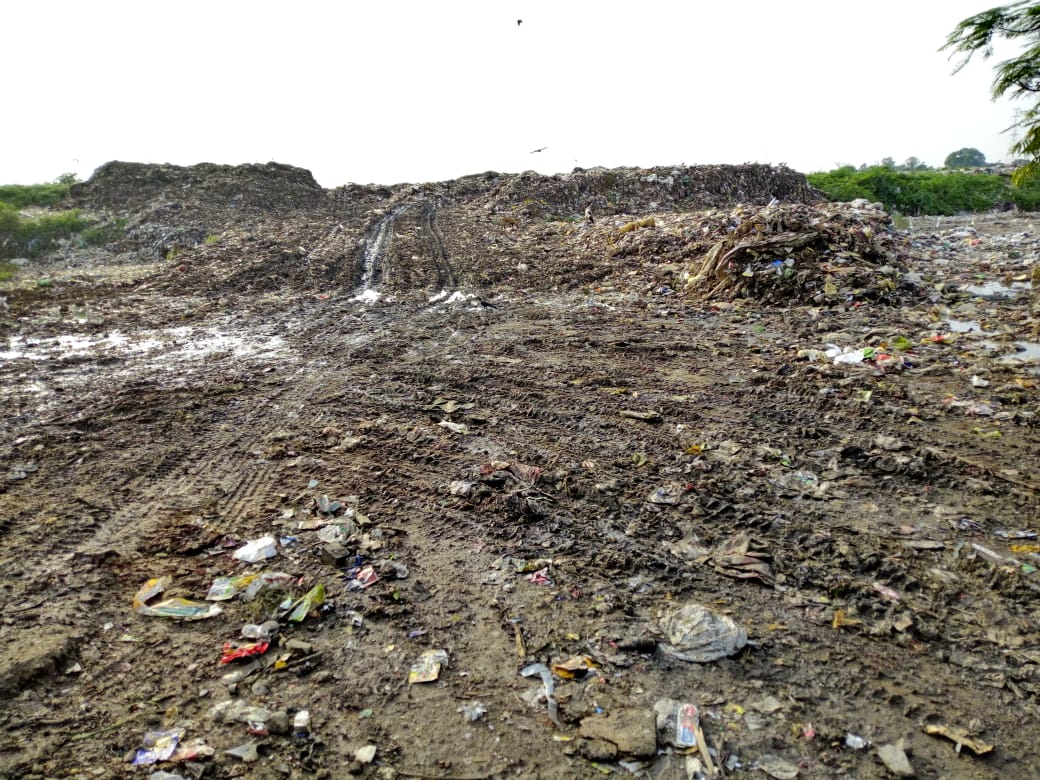The Corruption Perception Indices for the last four years released by the Transparency International have also found rampant corruption in the country and placed India among the most corrupt countries of the world. It is happening even in the Modi regime that came into power in 2014 with a promise of corruption free India among several others. An analysis, for Different Truths.
Corruption in India is still rampant. The so-called steps taken in the name of ending corruption have failed. These steps brought only harassment for the common people, while the corrupt seem to escape easily. The Corruption Perception Indices for the last four years released by the Transparency International have also found rampant corruption in the country and placed India among the most corrupt countries of the world.
It is happening even in the Modi regime that came into power in 2014 with a promise of corruption free India among several others. It was the year when the perceived corruption rate in the country was very high. People have been demonstrating against corruption in all parts of the country for the last two-three years, which culminated in a huge and powerful demonstration led by Anna Hazare in Delhi. A new political party AAP came into existence in Delhi under the leadership Kejriwal. The general public restiveness against corruption was politically exploited in Delhi by Kejriwal, and in the rest of the country by Narendra Modi. They succeeded in their effort with the promise of corruption-free governance – the former became the Chief Minister of Delhi, and the later the Prime Minister of India. People had great expectation from both the leaders, but still, the country remains a most corrupt country.
The peoples’ movement against corruption in real earnest was started in 2012, the year for which India scored 36 in the perception of corruption index of the Transparency International. The Congress-led-UPA government gave all sorts of assurance to take action against the corrupt people, but the Indian score remained the same for the year 2013 when the people’s movement against corruption intensified. As a result, the Congress led government in Delhi was ousted after the assembly election results which brought Kejriwal’s AAP in power.
Perhaps, keeping this in mind, Narendra Modi extensively campaigned against corruption infested Congress-led UPA rule in the country during his election campaigns. It also bore fruit and he came to power in May 2014. The score of India in corruption index for that year improved a little to 38. The country was ruled in the first five months by Congress and the rest seven months by the Modi led BJP. Therefore, credit for it must go to both, the Congress who trod carefully in a bid to retain public faith in the general elections, and the Modi’s initial euphoria relating to new-found rein to rule.
However, the level of corruption remained at the same level in 2015, the second year of his rule. Modus operandi of the corrupt officials at that time however changed a little. They publicly tried to show that in Modi’s rule no official can afford to be brazenly corrupt. When a person did go to an official to get his work done, the official would say that they need to tread carefully in the name of which they would delay the genuine works done. On the other hand other works were being done under table. It was the main reason for not improving corruption index score for India.
In the year 2016, the level of corruption was reduced a little and India ranked a little better in the corruption index by scoring 40. It was the year when in November, Modi came forward with his experiment of demonetization which made legal notes of the bigger denominations Rs 500 and Rs 1000 into illegal tenders. His logic behind the move was to end corruption, black money, and fake currencies. Government is yet to come with the conclusive data to prove the effectiveness of the step. Almost all the black money were managed to be white by the corrupt moneyed people with the help of corrupt bank officials. Even large amount of fake currencies were deposited with the banking system through corrupt mean, on which even the Reserve Bank of India remained silent except accepting the incident of entering the fake currencies into the banking system.
A new phase of corruption ushered in after that action not only revealed corruption in our banking system, but also emboldened our corrupt officials of other sectors of our governance. It is worth nothing that Reserve Bank has no absolute power to remove the officials of our public sector banks, even if it finds gross violation of fair practices. The public sector banks are under direct control of the Ministry of Finance, Government of India. Therefore, the whole responsibility of the corruption in banking sector which led to the present banking crisis lies with the government which did not take proper action against the corrupt officials in time. With the connivance of the officials, the defaulter like Vijay Malya fled the country in 2016. The Government did not take the matter seriously to prevent such cases in future. Nirav Modi’s flight from the country in 2018 can be cited as its proof.
It is due to such attitude of the government the level of corruption remained at the same level in 2017 as compared to 2016. The corruption index of Transparency International puts the country still in the category of the most corrupt country in the world scoring 40 and ranking 81st. The situation remained precarious because of corrupt officials do not fear much the so called strict Modi-rule which is not so strict against corruption as it is projected by the BJP in general and followers of Modi in particular.
We can cite countless known examples. One of the glaring example is that his government cancelled 2.20 lakh licenses given to industries on a plea that they were obtained through corrupt means. What actions were taken against the corrupt officials who gave those licences? What actions were taken against the corrupt bank officials who helped the corrupt industrialists which led to increase in NPA of the banks to such an unmanageable level where we find it today? How the voices of the people and journalists are being stifled who talk about the evils in the present regime? Vyapam scam of Madhya Pradesh, the state in which BJP rules, is one of the representative cases in which several people were murdered. Modi’s remedy for corruption seems to be worse than the disease, because common innocent people are being harassed in the name of ending corruption while the corrupt escape, in some cases even from the country, successfully from punishment. Corruption is thus likely to remain a major political issue in 2019 general election as it was in 2014.
Gyan Pathak
©IPA Service
Photo from the Internet







